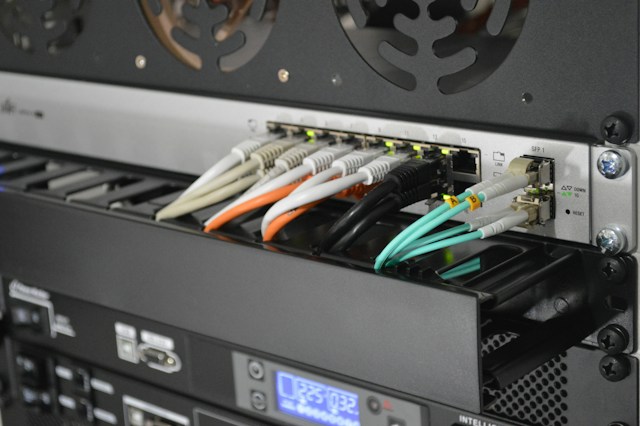Researchers at Tohoku University’s Advanced Institute for Materials Research (AIMR) have made a significant stride towards sustainable energy by developing a novel paper-based battery. This innovative design generates power from readily available resources – air and water.
Harnessing Nature: How Water and Air Energize the Battery
Inspired by the way plants breathe, the battery utilizes magnesium metal as a reactant. When activated with water, the magnesium interacts with oxygen in the air to produce electricity. The entire system is housed within a thin, flexible paper substrate.
Beyond Plastic: Paper Batteries and Environmental Impact
This design boasts several environmental benefits. Paper, a biodegradable and recyclable material, replaces the often-polluting plastic casings found in traditional batteries.
Magnesium is poised to revolutionize the battery industry, potentially surpassing lithium and alkaline batteries in safety and power. With its abundance and higher energy density, magnesium-based batteries offer promising alternatives for various applications, alongside the widespread use of lithium and metal-air batteries.
The researchers highlight the parallels between the battery’s function and plant respiration. Magnesium serves as a substitute for the sugars plants use to generate energy, creating a biomimetic approach to power generation.
Towards a Greener Tomorrow:
While the technology is still under development, ongoing research focuses on optimizing power output and efficiency. However, the potential applications are exciting. These lightweight, eco-friendly batteries could be ideal for powering low-energy electronics like wearable health monitors or disposable sensors.
This breakthrough from Tohoku University’s AIMR holds promise for a more sustainable future. By harnessing everyday elements as well as utilizing a plant-inspired design, researchers are paving the way for a greener and more innovative approach to battery technology.







